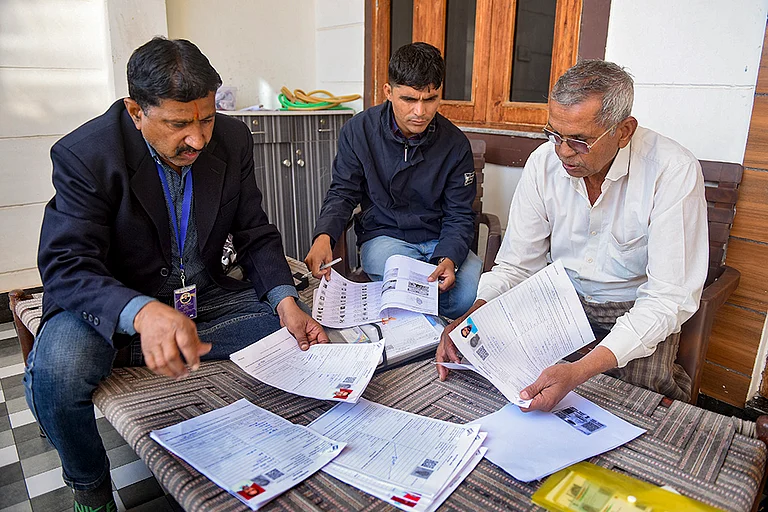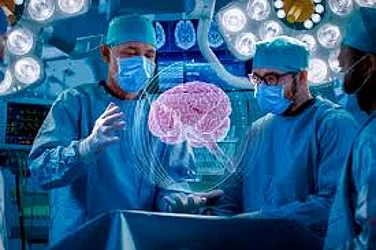The word ‘steroids’ often conjures images of bodybuilding and muscle enhancement. However, experts point out that far from the gym, steroids in medicine remain a cornerstone of modern treatment — offering relief, recovery, and, at times, saving lives.
Dr. Vijay Kumar Agarwal, Head of Pulmonology and Critical Care at Yatharth Super Speciality Hospital, Faridabad, explains that drugs such as prednisolone, dexamethasone and methylprednisolone are among the most potent anti-inflammatory medicines available.
“We use them for asthma, arthritis, allergies, skin diseases, kidney problems, autoimmune disorders, and even after organ transplants. They save lives — but every strong medicine comes with side effects, and one of the most important is high blood sugar.”
On being asked how steroids raise blood sugar and what are its complications, Dr Agarwal explains that steroids make the liver release more glucose and reduce the body’s ability to use insulin — the hormone that keeps sugar levels in check, causing insulin resistance. “What’s tricky is that the fasting sugar in the morning may still look normal, but the sugar after meals can be quite high. So, if we only check fasting sugar, we might miss the problem. When on steroids, it’s important to check sugar after lunch or dinner.”
Dr. Agarwal cites studies showing that about one in three people taking steroids develop high blood sugar, and one in five may develop diabetes for the first time. “Usually, it goes away after stopping the medicine,” he says, “but sometimes, especially in people who are overweight or have a family history of diabetes, it can stay for life. We call that ‘unmasking diabetes’ — it means the tendency was already there, and steroids simply brought it to the surface.”
Speaking about those who should be most careful while taking steroids, Dr Agarwal says that the risk of developing steroid-induced diabetes is higher among certain groups.
“It tends to affect those above 45 years of age, people who are overweight or obese, and anyone with pre-diabetes or a family history of diabetes.”
Those on high-dose or long-term steroid therapy, and patients using steroids for asthma, COPD, arthritis, or post-transplant care are also vulnerable. Even inhaled or topical steroids can affect sugar if used for a long time.
Dr. Agarwal emphasizes that many people fail to recognise rising blood sugar levels until symptoms appear. “Common warning signs include excessive thirst, frequent urination, persistent fatigue, blurred vision, sudden hunger, or unexplained weight loss,” he says.
“If any of these occur while on steroids, it’s important to check your blood sugar — preferably after meals ideally two hours after lunch or dinner— to detect any rise early and take action,” he advises.
“Random sugar readings above 200 mg/dL on more than one occasion strongly suggest diabetes. An HbA1c test also gives a clearer picture of average sugar levels over the past three months. For more detailed tracking, continuous glucose monitors (CGMs) can record sugar fluctuations in real time, especially for patients on long-term steroid therapy.”
Turning to the problem of steroid misuse, Dr. Agarwal expresses concern that steroids are often taken without medical supervision in India. “Unfortunately, steroids are sometimes bought over the counter (OTC) without a prescription,” he rues.
During the COVID-19 pandemic, misuse led to many cases of uncontrolled diabetes and fungal infections such as mucormycosis. Even topical steroid creams, marketed for fairness or fungal infections, are being misused, Dr Agarwal says and warns that they can thin the skin and disrupt hormonal balance.
“The golden rule is never to self-medicate with steroids. Always take them under a doctor’s supervision.”
When asked how to manage rising sugar levels while on steroids, Dr Agarwal outlines a simple plan. First, check your sugar regularly, especially after lunch or dinner, when levels tend to spike.
“Eat smart. — include more protein and fibre, and cut down on sugary and fried foods. Stay well hydrated and take short walks after meals. If needed, your doctor may prescribe medicines or temporary insulin. For morning steroid doses, NPH insulin in the morning works best because it peaks when the steroid’s effect on sugar is strongest.”
He adds that staying physically active, even with light exercise, helps the body use insulin more efficiently. “After stopping steroids, continue monitoring sugar for two to three weeks, and repeat an HbA1c test after three months to confirm whether diabetes has resolved.”
Speaking about new medical guidelines, Dr. Agarwal says that both the American Diabetes Association (ADA 2025) and the Endocrine Society recommend routine sugar monitoring for anyone on long-term steroid therapy. “In India, the RSSDI has also proposed screening programmes for steroid-induced diabetes, especially after the COVID era,” he notes.
Dr. Agarwal has a clear message.
“These medicines save lives and play a vital role in treating many serious conditions, but they must be used with caution and awareness. Always take them under medical guidance, never self-medicate, and keep a close watch on your blood sugar. Don’t give them a reason to get diabetes.”

Dr. Vijay Kumar Agarwal, Head of Pulmonology and Critical Care at Yatharth Super Speciality Hospital, Faridabad


























